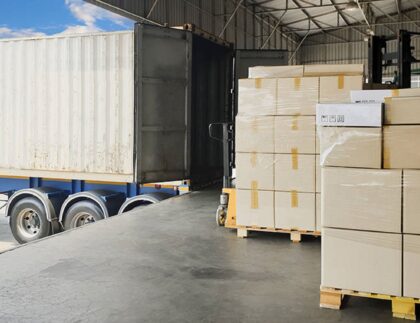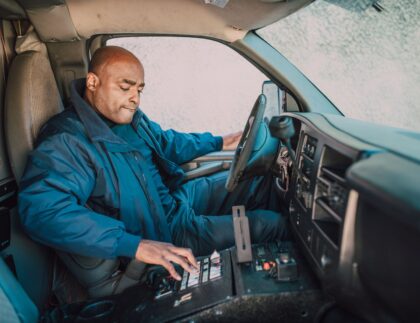
With the rise of virtual education, many aspiring drivers are asking if online CDL training can effectively prepare them for a career on the road. While digital platforms offer convenience, the true value of CDL e‑learning requires closer evaluation. Understanding both the benefits and drawbacks will help you determine whether this approach aligns with your goals—and when it might make sense to combine it with in-person learning.
Pros of Online CDL Training
One major advantage of virtual CDL classes is their flexibility. Students can learn theoretical concepts—such as safety regulations, pre-trip inspections, and road laws—at their own pace. This is especially helpful for those with busy schedules or family obligations. Online learning also removes geographic barriers, enabling remote learners to access coursework that might otherwise be unavailable in their area.
Additionally, online truck driving education often introduces multimedia tools, quizzes, and interactive modules. These elements can enhance engagement and retention, making concepts easier to understand and recall during exams and real-world application.
Limitations of Virtual CDL Classes
Despite the convenience, online CDL training has significant limitations. Most importantly, it lacks the hands-on experience essential for commercial driving. Operating a vehicle, mastering maneuvers, and responding to real-world situations require field training. Without dedicated in-person instruction, students miss the opportunity to build true confidence behind the wheel.
Furthermore, employers often prefer graduates who have completed fully accredited programs with classroom and driving components. Remote learning may also omit key safety drills—like skid recovery or emergency braking—that can’t be replicated virtually. This raises concerns about the readiness and safety of students who rely solely on online training.
CDL Training Comparison: Online vs In-Person
When evaluating CDL training comparison, it’s important to weigh long-term outcomes. Online programs excel in delivering information but don’t prepare you for real-world tasks that come with driving a commercial truck. On the other hand, in-person training provides immediate instructor feedback, access to actual vehicles, and supervised practice—elements that directly impact performance and career readiness.
Smart learners often use online modules as a supplement to traditional training. This blended approach combines the flexibility and convenience of virtual learning with the essential hands-on experience that employers expect from a professional CDL school.
Conclusion
While online CDL training offers useful flexibility and structure for theory-based learning, it isn’t enough to fully prepare someone for a career in trucking. Virtual classes lack the practical components, vehicle experience, and real‑time feedback critical to becoming a safe, confident driver. If you’re serious about a professional driving career, in-person training from a reputable CDL school is the smartest investment. Use CDL e‑learning to enhance your education—but never as a complete replacement for hands-on training.









